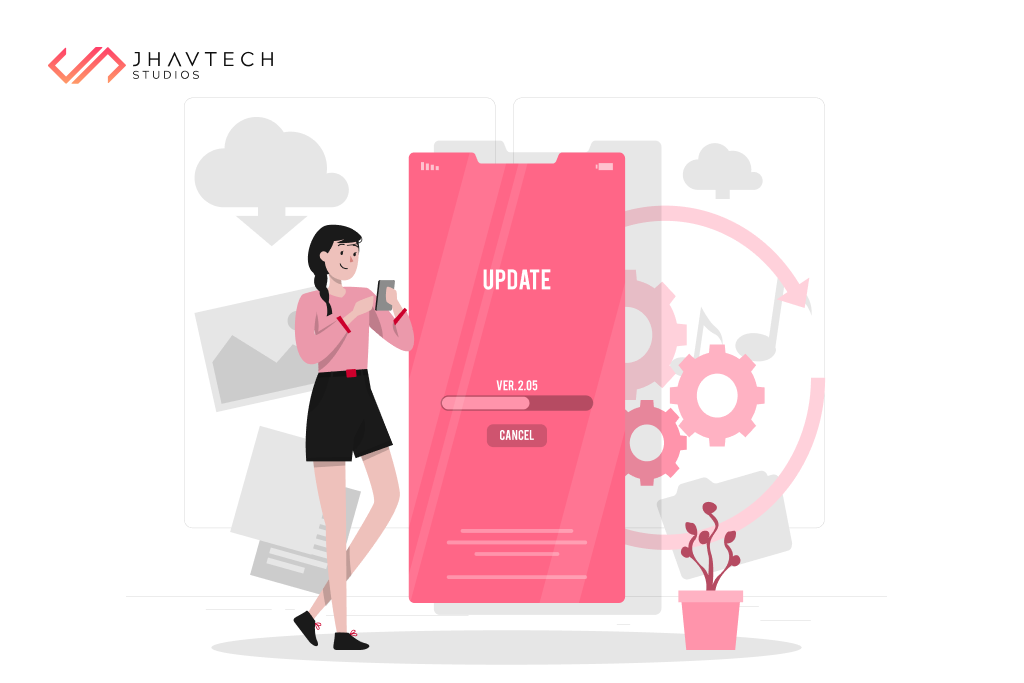Tackling Technical Debt: Effective Strategies for App Development Project Success

Introduction
In the rapidly evolving world of application development, the presence of technical debt poses a serious problem that can impede project success. Technical debt pertains to the cumulative expense incurred as a result of taking shortcuts, making compromises, and implementing suboptimal solutions throughout the development process. As time progresses, this debt can accumulate and adversely affect the quality, scalability, and maintainability of the application.
In this blog post, we shall delve into the notion of technical debt and its effects on app development projects. We will discuss strategies and exemplary practices for effectively managing and minimising it during the software project rescue, thereby ensuring a successful recovery of the project.
Understanding Technical Debt and Its Impact
What is Technical Debt?
Technical debt is a figurative concept that explains the consequences of opting for expedient or less-than-ideal solutions during the development process. It can manifest as poorly structured code, antiquated libraries, lack of documentation, or deficiencies in architectural framework.
Technical debt tends to accrue when requirements and best practices are ignored in order to meet project deadlines. In software project rescue, technical debt occurs when the project is poorly planned, and the development team has to work under pressure to launch the app on time. The following are essential aspects of understanding technical debt:
- The accumulation of technical debt arises from the use of shortcuts or trade-offs to fulfil immediate deadlines or objectives.
- This can result in several development challenges such as prolonged development time, reduced productivity, and higher maintenance expenses in the long run.
- Ineffective management of technical debt can impede the project’s progress, scalability, and overall success.

Effects of Technical Debt on App Development Projects
Technical debt can have several negative effects on app development projects, including the following:
- Decreased Development Speed: Accumulated technical debt can negatively impact the team’s ability to successfully build the app, resulting in delays and pushing back other projects. It can slow down the development process as the team spends more time working around issues and limitations.
- Poor Quality and Reduced Stability: Technical debt can lead to suboptimal code quality, increasing the chances of incurring bugs, performance problems, and system instability.
- Limited Scalability and Flexibility: Insufficient architectural and design decisions may impede the application’s ability to scale and accommodate evolving demands.
- Increased Maintenance and Support Costs: Over time, technical debt accrues, resulting in maintenance and support becoming increasingly time-consuming and costly.
It is therefore imperative to minimise technical debt whenever possible to ensure the delivery of high-quality applications and the maintenance of a seamless development process. By prioritising code quality, keeping abreast with the latest technologies, and allocating resources for refactoring, we can effectively mitigate the adverse effects of technical debt and guarantee the long-term success of app development projects. More on this in the next section.
Strategies for Managing and Reducing Technical Debt
1. Technical Debt Assessment
Conducting a technical debt assessment is an essential step in identifying technical debt in your app development projects. It is typically done to identify areas of concern and prioritise them depending on their impact on the project. Consider the following steps:
- Determine the scope of the assessment, including the components and systems that will be assessed.
- Conduct code reviews to identify anti-patterns, code smells, and areas requiring refactoring.
- Assess the app’s architecture, design patterns, functionality, compatibility with different OS/devices, and dependencies for potential enhancements.
- Review the documentation, areas covered by testing, as well as automated testing practices to identify gaps, vulnerabilities, and areas for improvement.
2. Incremental Refactoring
Instead of trying to simultaneously address all technical debt, it is advisable to use an incremental refactoring approach. This entails dividing the debt into manageable portions and methodically addressing them over a period of time. The following strategies must be taken into consideration:
- Prioritise high-impact areas that are critical for the app’s success. This will help ensure the quality, maintainability, and scalability of the codebase so it is aligned with the project’s coding standards and is geared for optimum performance.
- Develop a roadmap for refactoring activities while ensuring their synchronization with project milestones and iterations.
- Implement refactoring approaches like code modularization, simplification, encapsulation, and removal of duplicate codes.

Continuous Integration and Automated Testing
Implement a robust continuous integration process in conjunction with automated testing methodologies to prevent the accumulation of new technical debt. Consider the following key factors:
- Establish a continuous integration platform that complements automated builds, code quality checks, and tests.
- Conduct thorough unit tests, integration tests, and regression tests to identify potential issues during the early stages of development.
- Leverage code analysis tools to recognize and rectify code smells, gaps, risks, and potential technical debt.
4. Knowledge Sharing and Documentation
Effective communication, dissemination of knowledge, and maintenance of comprehensive documentation are essential measures to mitigate the effects of technical debt. To this end, consider the following approaches:
- Promote collaboration and conduct code reviews to facilitate the exchange of knowledge and best practices among team members.
- Ensure that documentation is kept current, encompassing architectural blueprints, coding conventions, and guidelines.
- Organise regular knowledge-sharing sessions to educate team members on how to address technical debt and prevent its accumulation.

Conclusion
Technical debt can have a substantial impact on the outcome of application development projects. Nevertheless, by having a clear understanding of the concept behind it, its effect on projects, and implementing effective approaches to manage it, we can steer a software project rescue towards success.
Conducting a thorough evaluation of technical debt, utilising incremental refactoring, incorporating continuous integration and automated testing, and encouraging the dissemination of knowledge are pivotal measures in addressing technical debt and ensuring the long-term success of your app.


